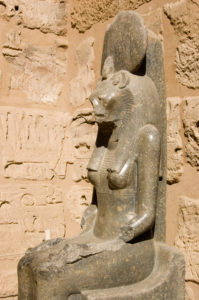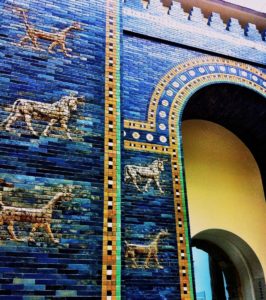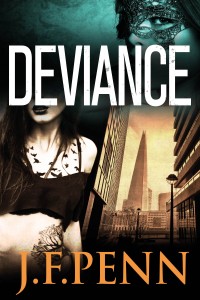So far, my ARKANE books have largely focused on the ancient world and Europe. But ever since Jake went to America for One Day in New York I’ve wanted to explore the legends and occult traditions of the New World.
 What better place to start than The Big Easy, New Orleans?
What better place to start than The Big Easy, New Orleans?
Especially as I visited the city in early 2017 as part of the research for American Demon Hunters: Sacrifice. You can see some of my pictures in this article and the whole album here on Flickr.
Founded in 1718 by the French, New Orleans passed to Spanish control in 1763. It finally joined the United States in 1803. This change of hands, along with its history of slavery and connection to the local Chitimacha tribes, makes New Orleans a unique place to visit.
It’s suffered many disasters over the decades, including devastating epidemics and hurricanes. More recently, Hurricane Katrina took 1,836 lives in 2005. Thankfully, the city recovered and is open to visitors.
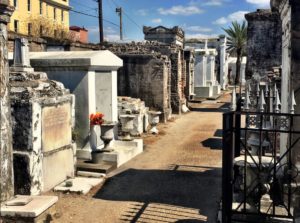
Here are thirteen strange places to see in New Orleans if you’re lucky enough to find yourself in this very unusual city.
1. The Tomb of Marie Laveau
Vodou is never far from the surface in New Orleans. While we're used to spelling it as Voodoo in the West, it’s originally Vodou. Otherwise, you're confusing a legitimate religion from Haiti with the West African folk magic practice of hoodoo.
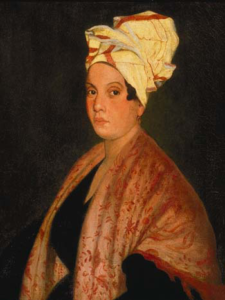
Born around 1801, the half Creole hairdresser became famous as a purveyor of charms and gris-gris bags, fortunes and advice. According to legend, she even saved condemned men. But rumours also imply she ran a popular brothel – which could explain her fame.
She died in 1881 and allegedly rests in St. Louis Cemetery No.1, one of the top places to see in New Orleans. Her burial place is named in her obituary though some scholars say she lies elsewhere. Visitors used to scribble an X on her mausoleum in the hope she'd grant their wish. But after a restoration in 2014, the authorities now fine visitors for writing on the grave.
St. Louis Cemetery No.1 opened in 1789 and is the oldest cemetery in New Orleans. It has over 600 tombs and preservation work began in 1975.
If you'd like to visit St. Louis Cemetery No.1, then you can only gain access with a tour guide, unless you have family buried there.
2. Marie Laveau's House of Voodoo
Vodou Priestess Marie Laveau gave birth to a daughter in 1827, also named Marie. A museum and shop now stand on the site of the house where Marie Laveau II lived.

You can see a Vodou altar and associated items while the owners hold spiritual readings in a back room. You can even buy various Vodou items and books.
But perhaps Marie Laveau II isn't happy with the commercialisation of her home. Many believe her ghost still haunts the property. Visitors report cold fingers kneading their shoulders. Others have seen her in the back room during readings.
3. New Orleans Historic Voodoo Museum
Marie Laveau's shop isn't the only museum dedicated to Vodou. A local artist named Charles Massicot Gandolfo founded his own small museum in 1972. It focuses on New Orleans Vodou and is a fascinating place.
Vodou priest John T offers psychic readings and fortune telling, which start at $40. You can also book onto a walking tour of St. Louis Cemetery No.1.
The gift shop sells many products, including chicken feet and snake skins, as well as the famous Voodoo Love potion and the New Orleans Voodoo Coffin Kits.
If you're not that brave, then you can buy books and candles instead.
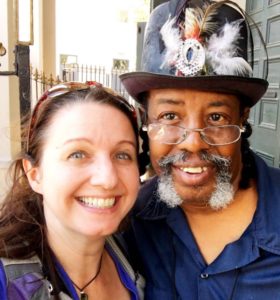
You can find the Historic Voodoo Museum at 724 Dumaine Street. I did a great walking tour which included the museum with Nu'Awlins Nate, a regular tour guide of the city.
4. Boutique du Vampyre
New Orleans is full of vampires, at least it has been since Anne Rice set some of her Vampire Lestat books in the city.
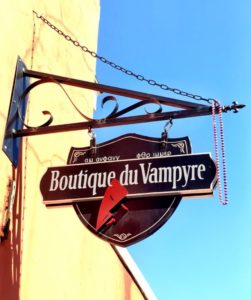
You can check out the shop at 709 St Ann St, or visit their online shop here.
5. New Orleans Pharmacy Museum
Not everything in New Orleans is devoted to the supernatural. The Pharmacy Museum in the French Quarter is an important monument to the development of scientific medicine.
You can see pharmaceutical ingredients in apothecary jars, original wheelchairs, medical instruments and tools, and even old eyeglasses. It’s one of the more unusual places to see in New Orleans.
A recreated pharmacist's lab lies at the back of the shop, while exhibits explain the original role of the ‘soda fountain' in Victorian medicine.
Though it wouldn't be New Orleans without at least a handful of Vodou potions.
6. Séance Room at Muriel's Jackson Square

Head to 801 Chartres Street if you'd like to combine Creole cuisine with paranormal activity.
Muriel's Jackson Square was a holding facility for slaves before it became a family home after the Great New Orleans Fire of 1788. Its owner committed suicide in 1814 on the second floor after losing the house in a poker game.
Once the building became a restaurant, the second floor became a séance room after guests reported a lot of paranormal activity. Despite stories of disembodied voices and breaking glasses, the owners claim the spirits are harmless. They even lay a table for the previous owner every night.

Of course, if you're in the area, you need to get a muffuletta from the Central Grocery, followed by beignets and cafe au lait from Café du Monde. Sugar rush!
7. LaLaurie Mansion
While many houses in New Orleans claim to be haunted, not all of them boast the pedigree of the LaLaurie mansion. Standing in the French Quarter, the cruel Madame LaLaurie allegedly tortured slaves in the house.
Fans of American Horror Story will recognise the house and Madame LaLaurie from the Coven series. Kathy Bates played the Madame.
Actor Nicolas Cage even bought the house and lost it to foreclosure in 2009. Few were surprised since legends of curses surround the house. The imposing mansion is one of the must-see places to see in New Orleans.
You can hear more of the ghost stories by doing an evening Ghosts, Legends and Lore walking tour with Strange True Tours.
8. Metairie Cemetery and Lafayette Cemetery
If you like visiting graveyards (as I do) then Metairie Cemetery is another recommended visit. It's notable for having been built on the site of a race track. The cemetery even follows the original contours.

Like the other city graveyards, it boasts fantastic monuments to house the above-ground burials. Some believe the trend to bury above ground comes from problems with the city's water.
But it was a popular burial style in the Mediterranean due to the rocky soil in southern Europe. French and Spanish colonists introduced the tradition. Paupers were buried in any available ground, so tombs act as a sign of status in the community.
Or you can travel to the Garden District to find the Lafayette Cemetery. Established in 1833, you can find it at 1400 Washington Avenue. It’s one of the definitive places to see in New Orleans.
The cemetery holds over 7000 inhabitants and will be familiar if you've read any of Anne Rice's vampire novels. She even staged her own funeral here in 1995, complete with horse-drawn hearse and brass band, to publicise the release of Memnoch the Devil, book 5 in her Vampire Chronicles.
You'll find plenty of monuments honouring Civil War dead and those lost to regular epidemics of yellow fever.
9. The Museum of Death
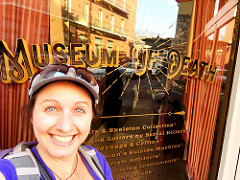
With perhaps the most striking name in the history of museums, this weird museum lies in the French Quarter and is one of the more disturbing places to see in New Orleans.
You need a strong stomach because they include plenty of photos from morgues and crime scenes, body bags, antique mortician equipment, coffins, and car accident photography.
It offers a self-guided tour that lasts for around an hour. But if you're of a stronger constitution, you can stay at the Museum of Death as long as you can stand it. I wouldn't recommend taking your Mom!
10. St. Augustine Catholic Church
Found at 1210 Governor Nicholls Street, the church itself isn't the destination. The rusting cross made of thick chains outside is what you need to see. This is the Tomb of the Unknown Slave, installed in 2004. It honours the nameless slaves who died and rarely received proper burials.
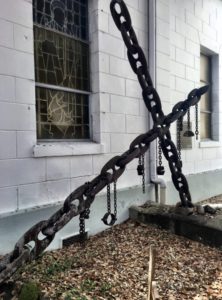
Officially, no one is buried under it, but a bronze plaque nearby explains that slave labour built a lot of the parish. A number of unmarked graves likely lie beneath it.
It's an important memorial in the city and it’s worth seeing it to pay your respects.
11. Backstreet Cultural Museum
Many associate New Orleans with a range of African American celebrations, including jazz funerals and Mardi Gras.
If you want to know more about them, then pop along to the Backstreet Cultural Museum (though it's closed on Mondays and Sundays).
It holds permanent exhibits related to the community-based processional traditions. But it also holds an archive of filmed records of over 500 events. It hosts public music and dance performances and chronicles the jazz funerals held every year.

You can also visit the House of Dance & Feathers on Tupelo Street to learn more about the Mardi Gras Indian costumes.
12. Escape My Room
If you believe the stories, the DeLaporte mansion stood on the site now occupied by the hospital complex near the New Orleans Superdrome. After the last owner, Odette DeLaporte, became a recluse, the house fell to rack and ruin. In 2005, urban explorers broke in, later describing the house and its fabulous contents.
But when the neighbours returned in the aftermath of Hurricane Katrina, they realised the house was completely empty. Where did everything go?
If you believe the website, Escape My Room recreated two of the mansion’s rooms using the items from the house in the remains of a former perfume factory. Players wait in the cabinet of curiosities styled waiting room, furnished with antiques and weird taxidermy. It's typical of the legends and eeriness that hang around New Orleans.
Players get to choose the Jazz Parlor or the Mardi Gras Study. You get one hour to solve a mystery using the clues in the room. There are 8 of you in a group, so it's advisable to work together.
If you solve it without help, you learn something new about the occult in New Orleans that you couldn't have found elsewhere. Only 1 in 3 players solve the riddles unaided. If you're one of the 2 in 3 who can't, a guide will reveal everything you've missed.
If you want to play, you can find it at 601-699 Constance St. Just make sure you book in advance – it's fiendishly popular.

13. House of the Rising Sun
The infamous brothel that inspired the song by the same name isn't open to the public, but I was lucky enough to be taken round by some locals.
These are just some of the awesome places to see in New Orleans.
Because of the diverse range of faiths, lifestyles, and beliefs of the people of New Orleans, you should always be respectful. The whole city is a community, so take an open mind with you.
Who knows which stories you may tell when you leave?
I'm going to be writing an ARKANE novel set in the city, but in the meantime, check out American Demon Hunters: Sacrifice, which I co-wrote with three other authors there after we took the train from Chicago down to New Orleans in March 2017.
 I first dreamed of Oxford after reading Thomas Hardy's
I first dreamed of Oxford after reading Thomas Hardy's 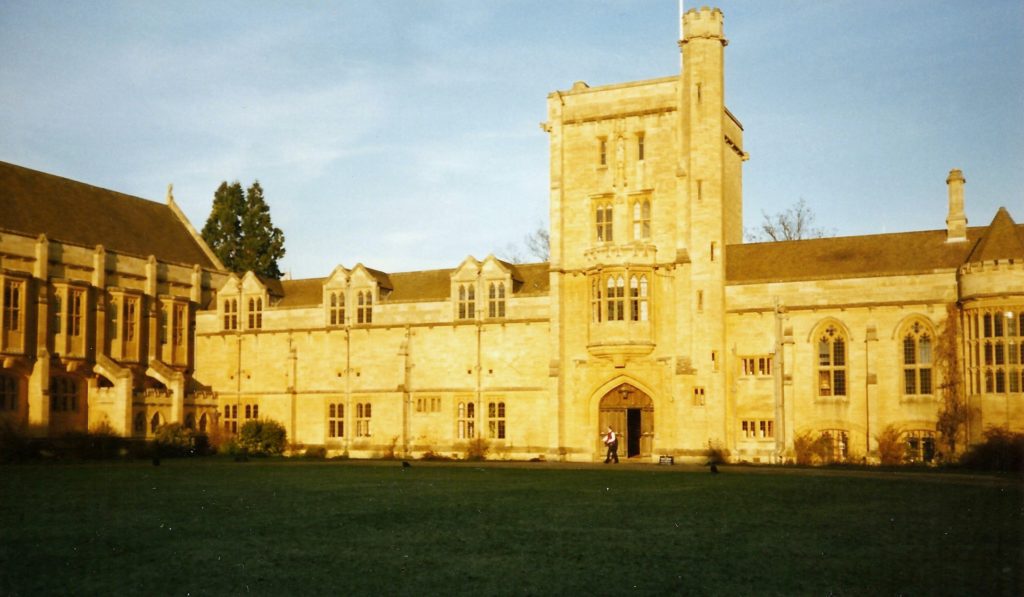

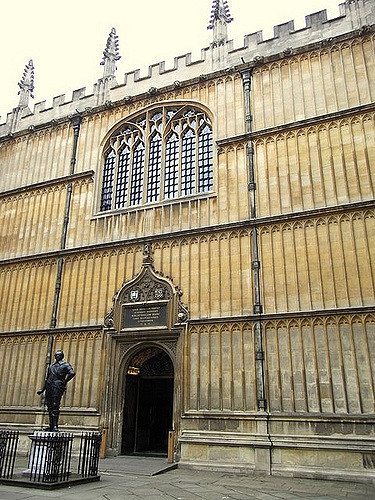


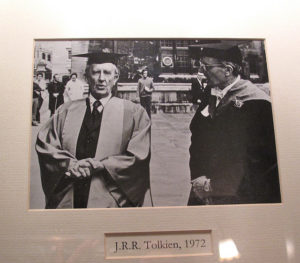
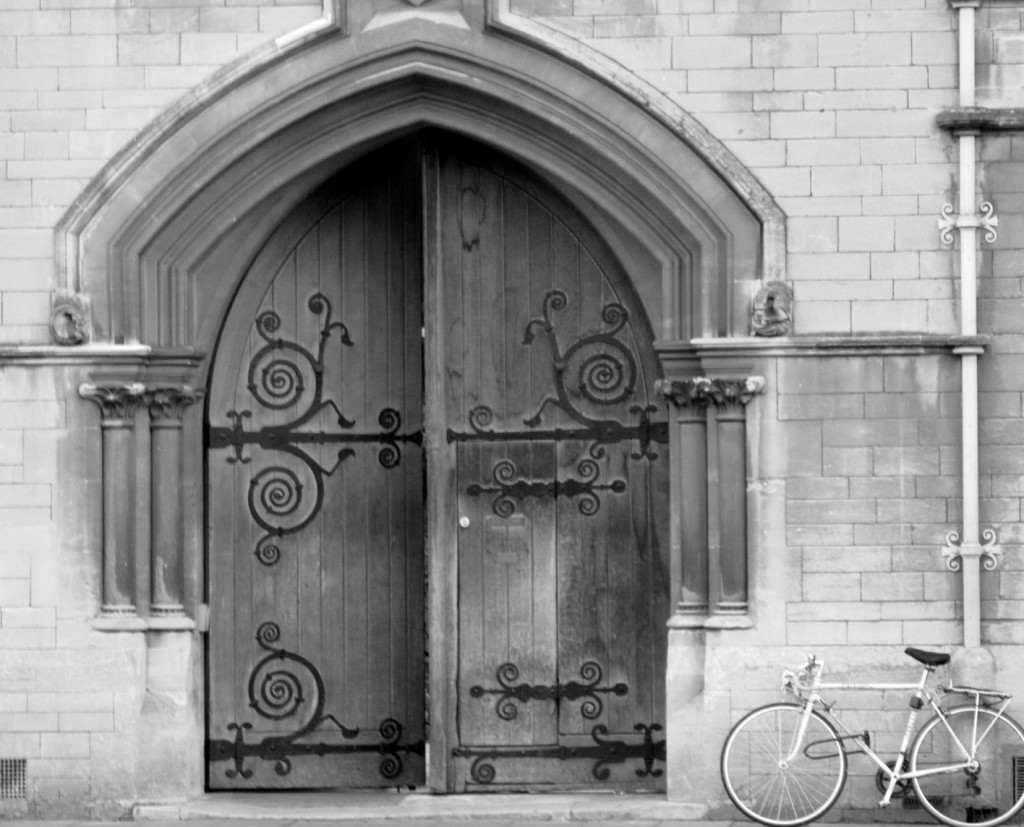
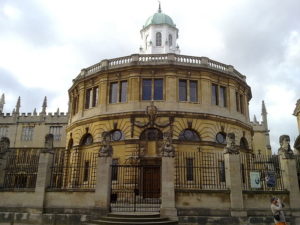
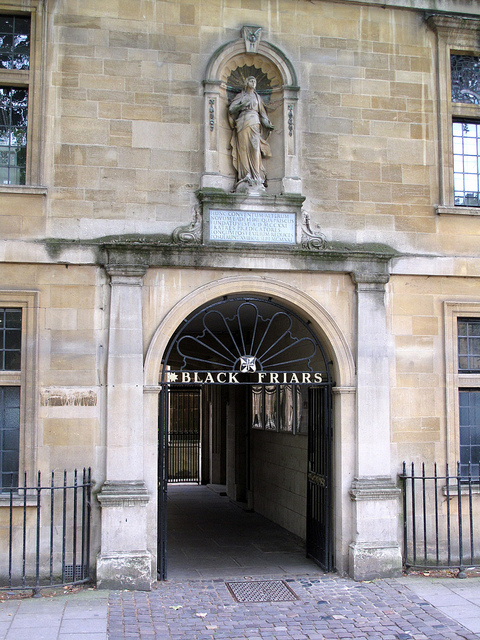


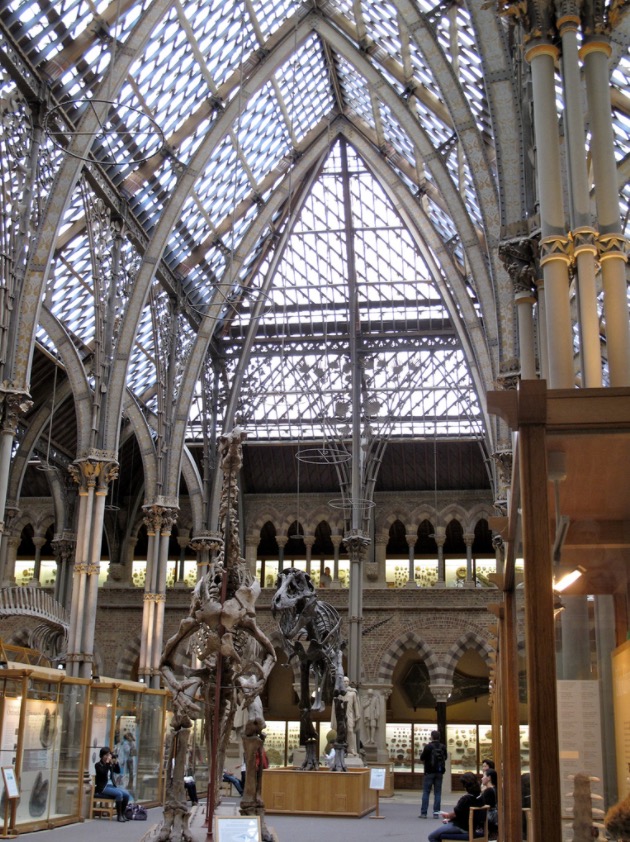

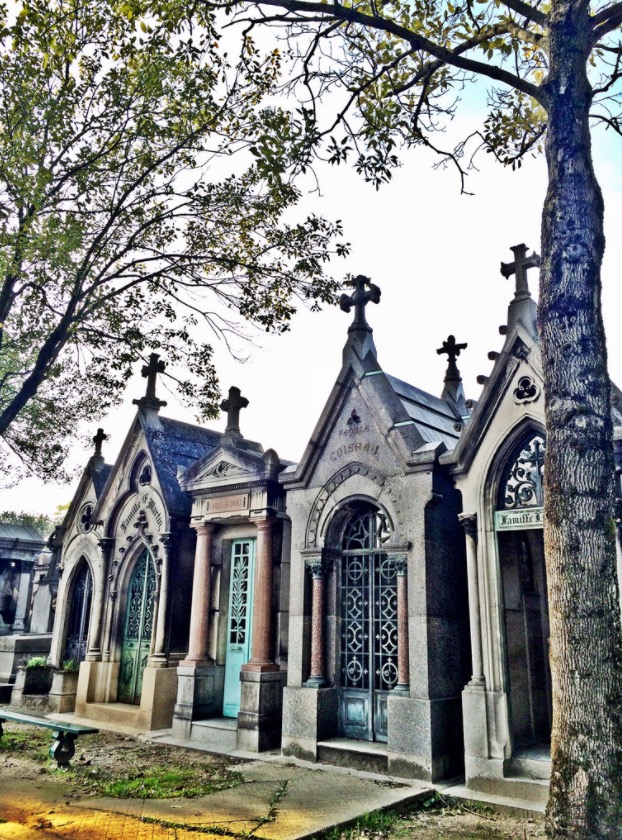

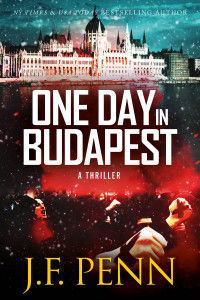
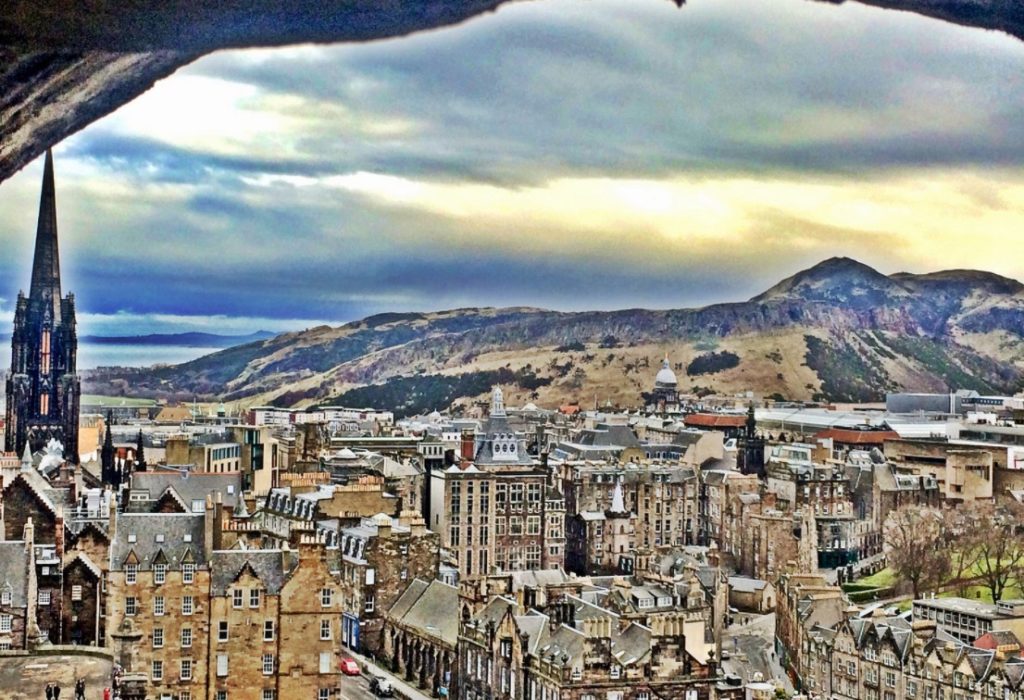
 In the Catholic faith, souls pass through Purgatory on their way to heaven. You pay for your sins in Purgatory. The soul made its way through Purgatory faster if more of the living said prayers to speed them along. In earlier centuries, people handed out ‘soul cakes’ to the poor at Halloween, in exchange for the poor saying prayers for their relatives.
In the Catholic faith, souls pass through Purgatory on their way to heaven. You pay for your sins in Purgatory. The soul made its way through Purgatory faster if more of the living said prayers to speed them along. In earlier centuries, people handed out ‘soul cakes’ to the poor at Halloween, in exchange for the poor saying prayers for their relatives. The destruction of the ancient library of Alexandria still prompts a sob from book lovers today. Losing so much knowledge and wisdom certainly pains scholars. But books aren’t just important to academics.
The destruction of the ancient library of Alexandria still prompts a sob from book lovers today. Losing so much knowledge and wisdom certainly pains scholars. But books aren’t just important to academics.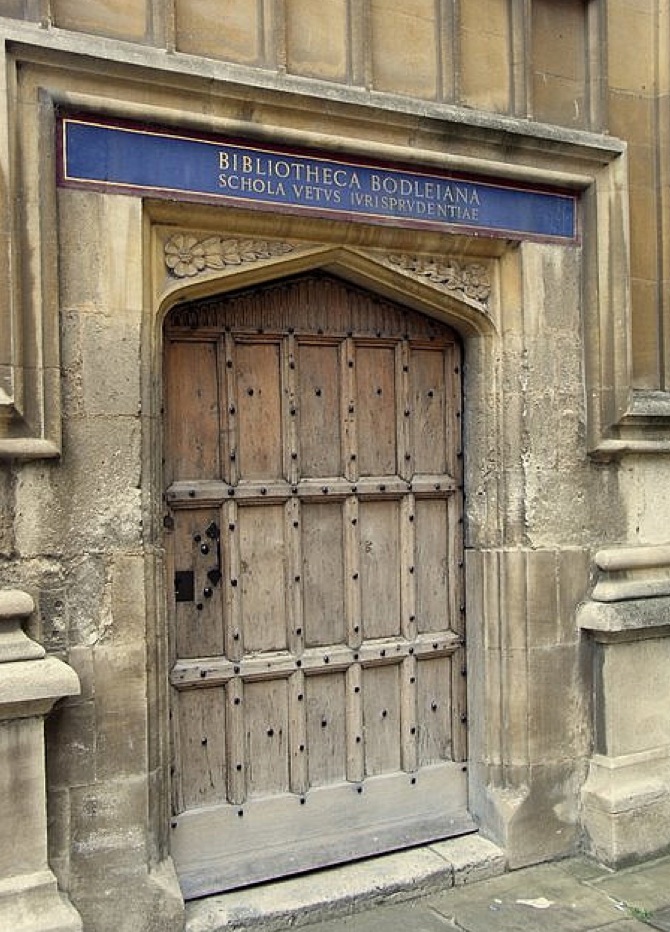
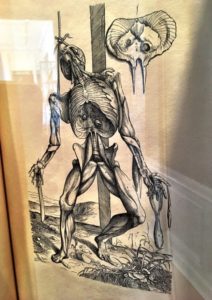



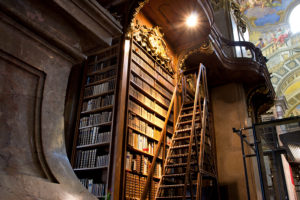 Best of all, it's open to the public during the day. So if you’re a person who still distrusts the Kindle, you’ll be right at home at the Book Club.
Best of all, it's open to the public during the day. So if you’re a person who still distrusts the Kindle, you’ll be right at home at the Book Club. 8) The Bookbike of Pima County, USA
8) The Bookbike of Pima County, USA




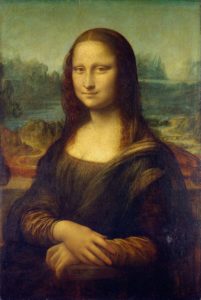 You can't discuss conspiracy theories about art and not mention the Mona Lisa. She's been the subject of intense scrutiny for many years. The common belief is that the woman is Lisa Gherardini, the wife of a Florence merchant. Others believe she was his mother.
You can't discuss conspiracy theories about art and not mention the Mona Lisa. She's been the subject of intense scrutiny for many years. The common belief is that the woman is Lisa Gherardini, the wife of a Florence merchant. Others believe she was his mother.

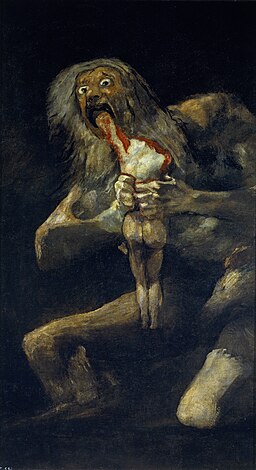


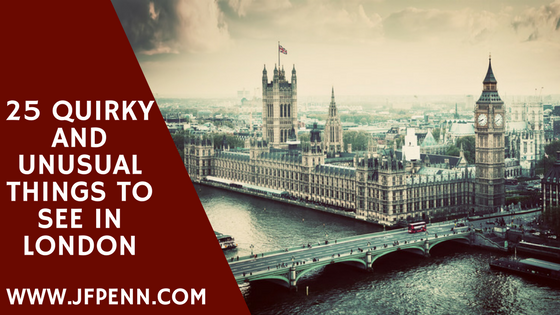
 This grisly museum hides inside the Royal College of Surgeons in Lincoln’s Inn Fields. It houses a range of medical specimens, anatomical anomalies and vicious instruments. Free to visit, it’s a quirky collection that’s not for the faint-hearted. It’s also the perfect place for a murder scene, as Detective Jamie Brooke discovers in
This grisly museum hides inside the Royal College of Surgeons in Lincoln’s Inn Fields. It houses a range of medical specimens, anatomical anomalies and vicious instruments. Free to visit, it’s a quirky collection that’s not for the faint-hearted. It’s also the perfect place for a murder scene, as Detective Jamie Brooke discovers in 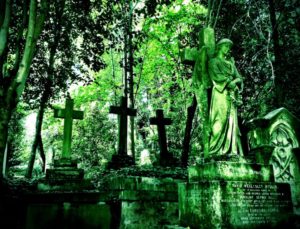
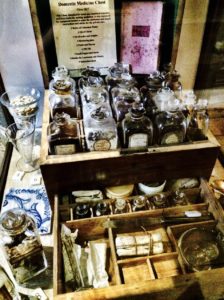
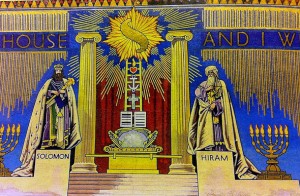

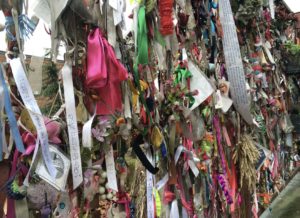
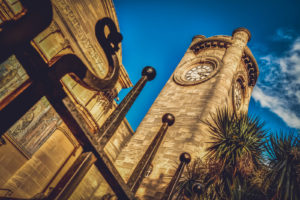

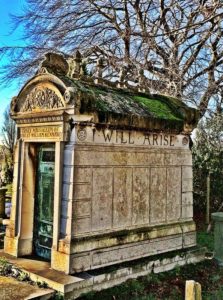


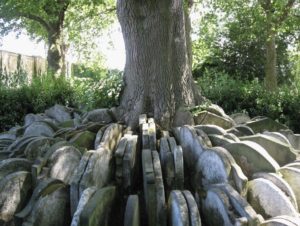
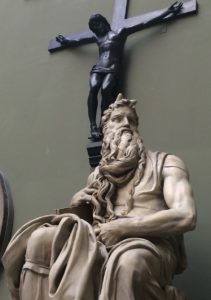 (24) The Sculpture Gallery at the V&A
(24) The Sculpture Gallery at the V&A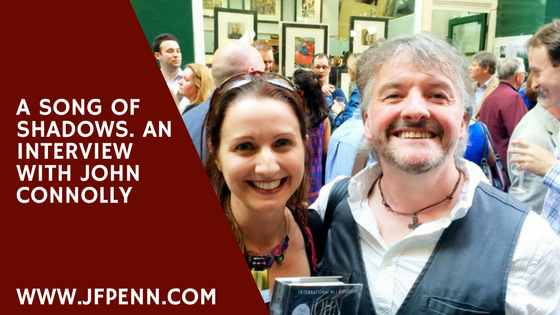
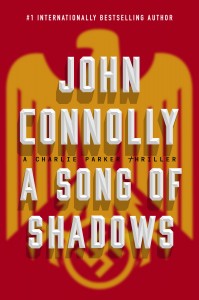
 Female power was also venerated in ancient times, as portrayed by these kickass goddesses from around the world.
Female power was also venerated in ancient times, as portrayed by these kickass goddesses from around the world.
